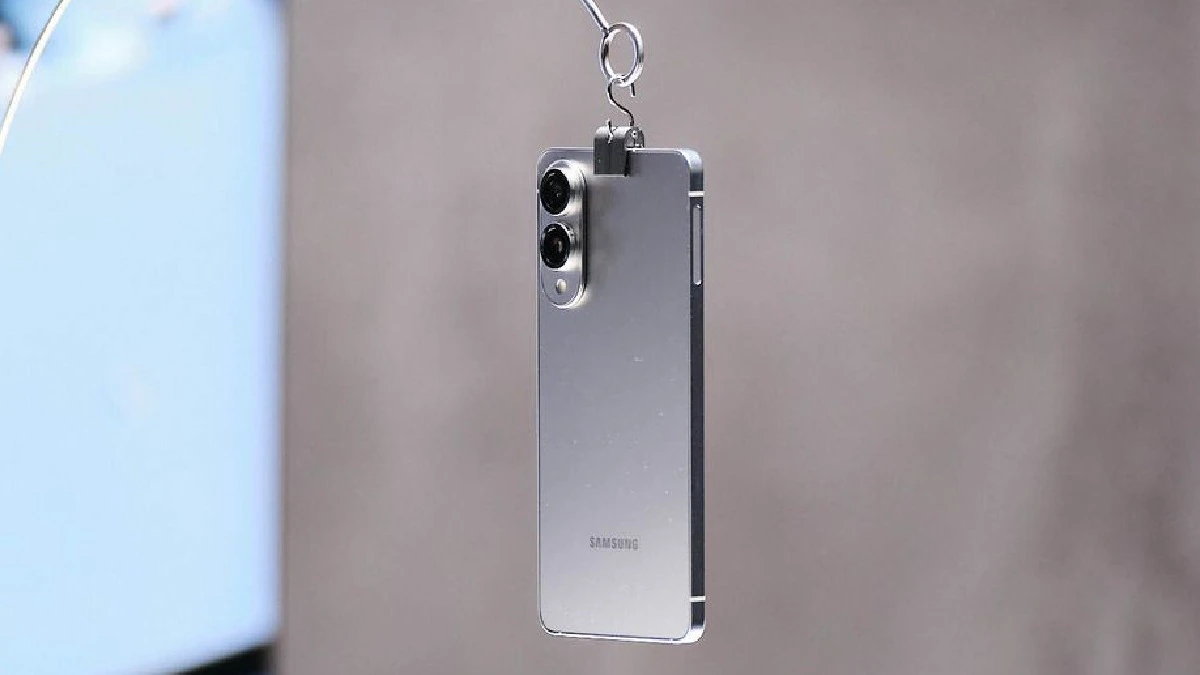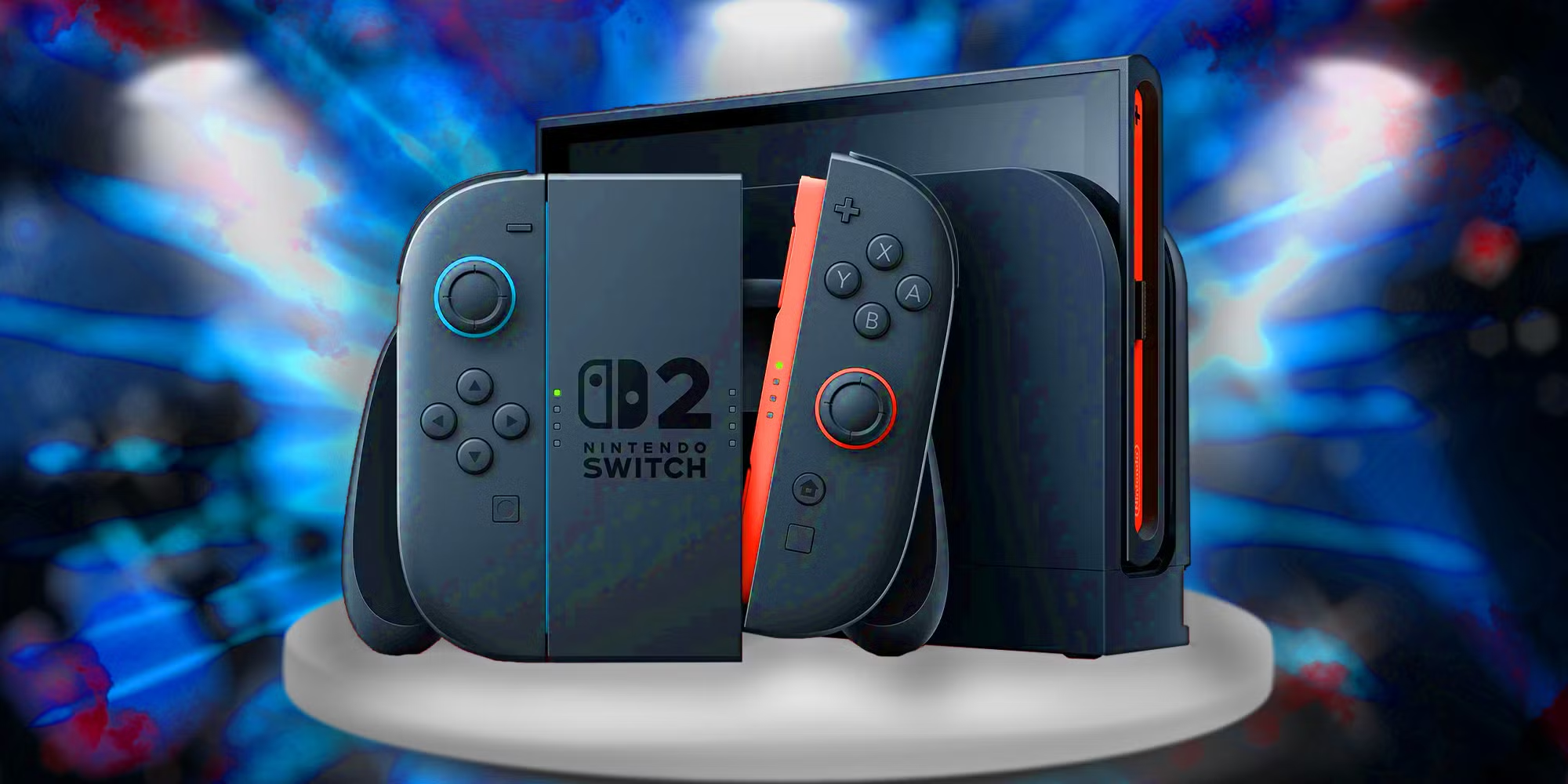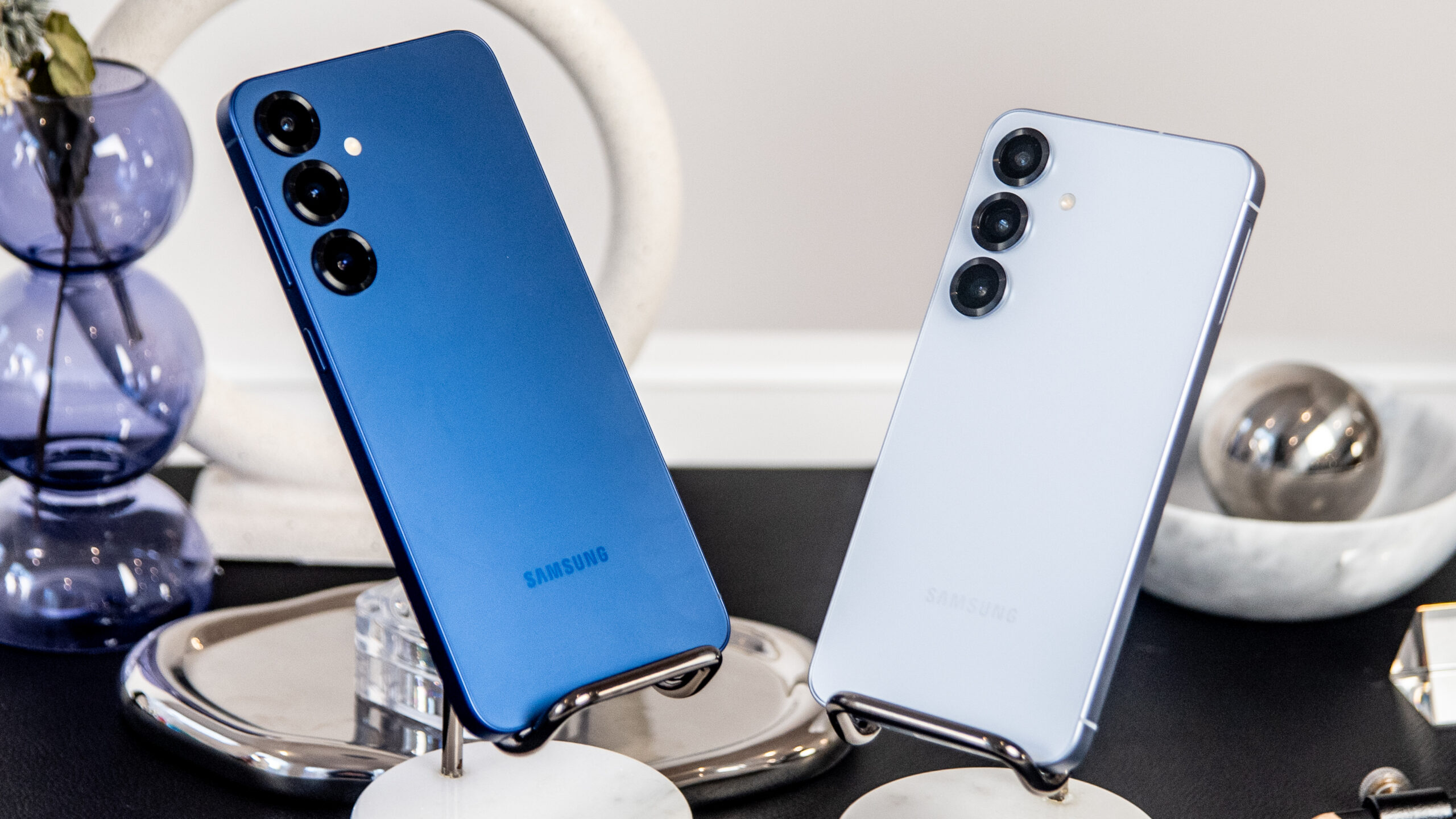Intel continues to create new products focused on 5G both for use on the network and by customers. The company announced today its collaboration with Dell, HP, Lenovo, and Microsoft to bring the 5G to Windows computers with Intel XMM 8000 modems. The company expects the first half of 2019 to bring the first laptops with this technology to light.
The collaboration of Dell, HP, Lenovo, and Microsoft makes the 5G increasingly closer to our laptops.
This weekend begins the Mobile World Congress (MWC) and it is expected that in it we will begin to see the first devices under the 5G technology and the eighth generation Intel processors. In this Congress, Intel intends to show us the full potential of its modem used in a PC that performs streaming video through the 5G network.
The 5G promises to be much more than the next generation of Internet connectivity, trying to enhance the possibilities of technological innovation through a landscape in which the applications in the cloud and customers have the key.
The computer is the place where the calculations of a large amount of information are concentrated, with the 5G our possibilities are increased giving a new place to our computers. Allowing us to use virtual reality without the need for cables, download files in a matter of seconds anywhere … This new technology is going to be a big change in the way we interact with the Internet.
The 5G is not the only technology that we will see at the MWC 2018
This year at the MWC we will see the new Wi-Fi standard 802.11 ax, better speed, stability in the network and efficiency, and the possibilities of the eSIM a necessary solution for the creation of the computers connected through the 5G.
The great investment that Intel is carrying out to create the 5G-connected laptops, is a great benefit for users: videos of great resolutions by streaming, triple-A games played through streaming and similar connections between users with 5G and Wi-Fi.
The new Intel 5G modem allows speeds of up to 1.6 Gbps
Being able to use our laptops without relying on the tethering of our mobile phone is already a necessity for many users who need to work outside the home, the eSIM will be inside our computers, avoiding that we have to have another port in our computer.








